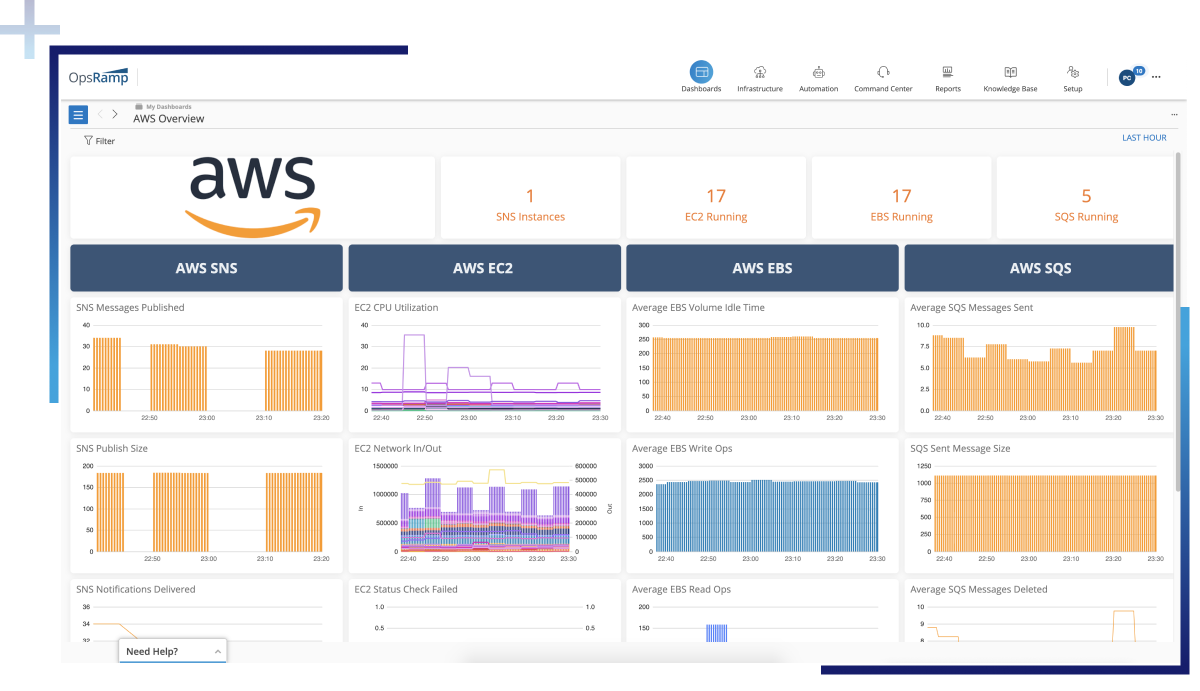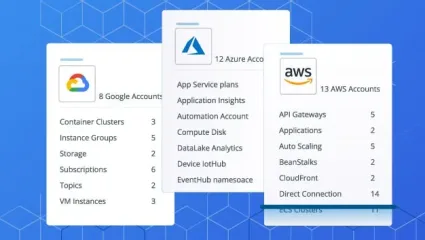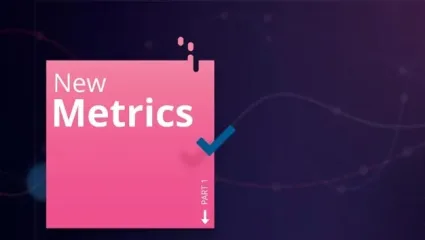Any monitoring program begins with understanding the goals and outcomes you want to achieve. Start with the high level business KPIs such as to increase customer session times on the website, and work down from there with IT metrics such as availability/uptime, latency, capacity, response time, throughput, mean time to resolution (MTTR), and so on for your key cloud-based applications and services. Monitoring the end-user experience, sometimes called digital experience management (DEM) is critical today, as is cloud spend management to avoid cloud waste and sprawl.
With hybrid infrastructure, many organizations are striving to achieve a single dashboard and/or platform to track and manage all their infrastructure regardless of whether it is in the cloud or on-premises. The cloud monitoring solution should integrate smoothly with any data center and private cloud monitoring tools for a unified view. Modern cloud monitoring tools include rich automation capabilities so that IT professionals can eliminate time spent on tedious workflows and fixes (such as adding virtual machines or storage, decommissioning underutilized instances, restarting servers after updates and correcting common, repeatable issues). Finally, modern IT organizations incorporate some form of stress testing or chaos engineering into their practices to ensure the resiliency of cloud environments under different workloads and scenarios.



